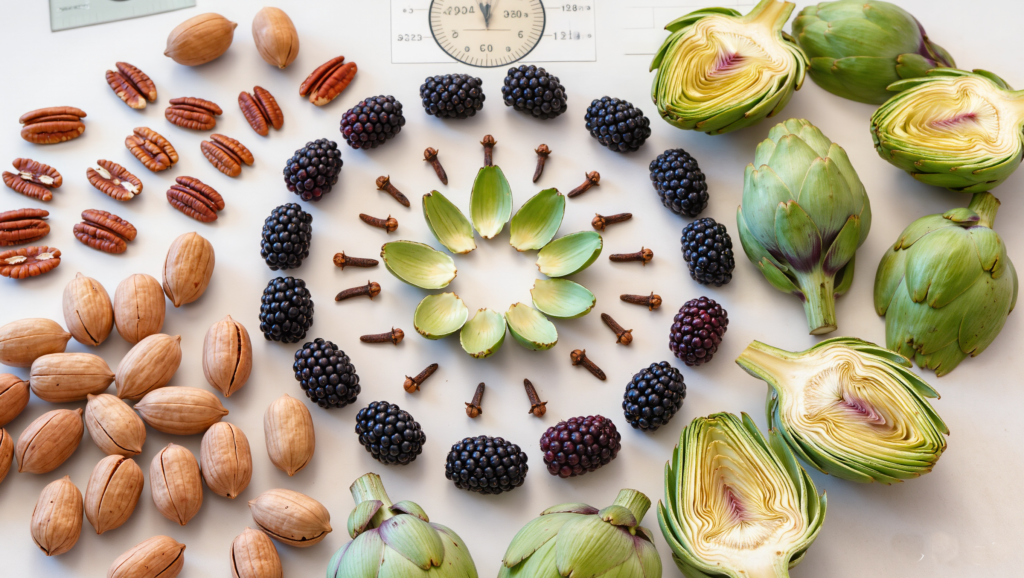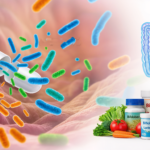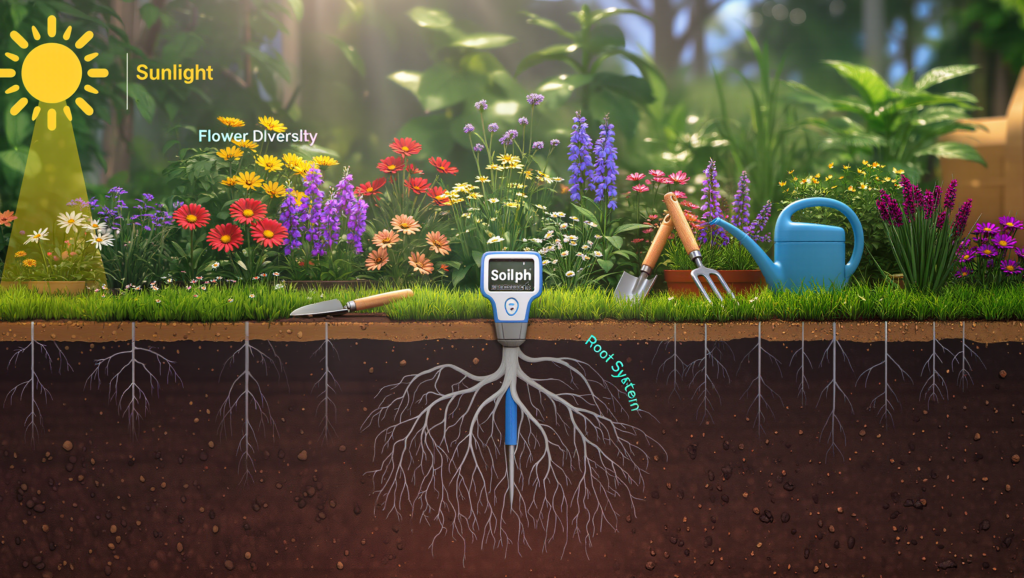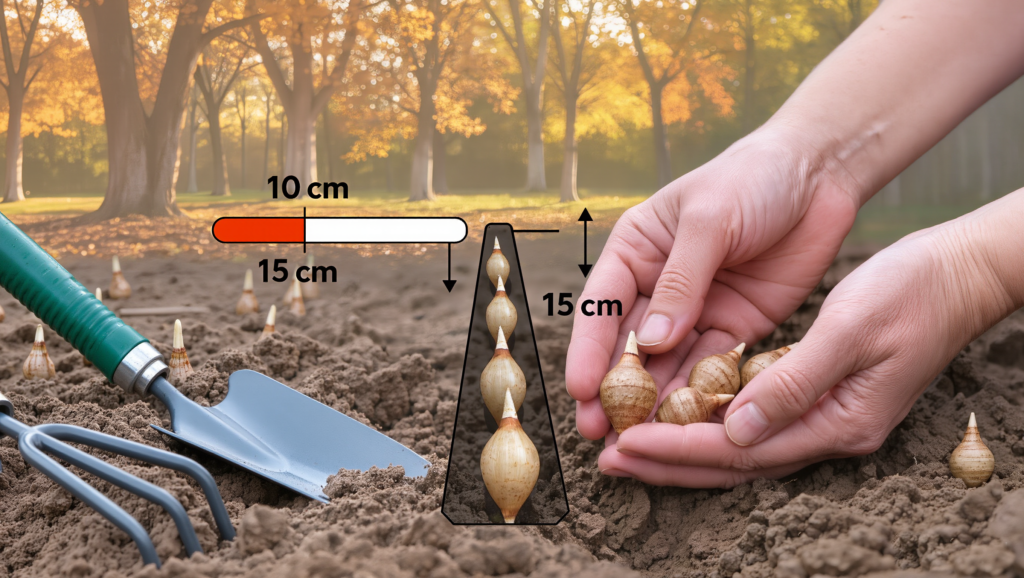Polyphenols are quickly becoming a buzzword in nutrition and wellness circles—and for good reason. These plant compounds pack a punch for your health, bringing scientifically proven benefits ranging from potent antioxidant effects to reducing your risk of chronic diseases like heart disease, diabetes, and even some cancers. But what exactly are polyphenols, why do they matter, and—most importantly—what foods (and drinks) are the richest sources? Let’s break it down in a friendly, science-backed dive.
What Are Polyphenols?
Polyphenols are a massive and varied group of compounds found naturally throughout the plant kingdom—roots, stems, leaves, seeds, and fruit. They help plants defend themselves against UV damage, predators, and diseases. For humans, polyphenols are prized for their ability to act as antioxidants (neutralizing damaging free radicals), lower inflammation, and support overall health. Scientists have identified more than 8,000 polyphenols so far and divided them into four main groups:
1. Flavonoids
- The largest group (about 60%)—think quercetin, kaempferol, catechins, anthocyanins.
- Found in: apples, onions, dark chocolate, citrus, berries, tea, red cabbage.
2. Phenolic Acids
- About 30% of polyphenols; ferulic acid, chlorogenic acid, caffeic acid.
- Found in: coffee, cereal grains, berries.
3. Polyphenolic Amides
- Includes capsaicinoids (in chili peppers), avenanthramides (in oats).
4. Other Polyphenols
- Includes stilbenes (like resveratrol in red wine, grapes), ellagic acid (in berries), curcumin (in turmeric), and lignans (in flaxseed, sesame, whole grains).
The type and amount of polyphenols present in any food can vary depending on growing conditions, ripeness, processing, and cooking method. Books and supplements can help you boost your intake, but eating a diversity of polyphenol-rich whole foods is still the best strategy for real health gains.
Benefits of Polyphenols: What the Science Shows
Eating a diet rich in polyphenols may:
- Support cardiovascular health by reducing blood pressure and cholesterol oxidation.
- Help manage type 2 diabetes through better blood sugar control and beta cell protection.
- Lower the risk of neurodegenerative diseases by protecting brain cells and modulating inflammation.
- Reduce cancer risk by scavenging free radicals and impacting cellular processes.
- Boost gut health and microbiome diversity, which can affect everything from digestion to immune health.
Slow long-term consumption of polyphenol-rich diets is continually linked with less incidence of diabetes, obesity, Alzheimer’s, osteoporosis, pancreatitis, GI problems, and certain cancers.
However, a few caveats: Polyphenols can interact with iron and some medications, and very high-dose extracts or supplements can cause problems for certain individuals. Always consult with a professional before making major changes or adding large amounts of supplements.
Foods Highest in Polyphenols (With Real Numbers)
While many fruits and veggies have polyphenols, some plant foods really stand out. Let’s take a look, by food type, at those carrying the highest amounts:
1. Fruits
- Berries (especially black elderberry, blueberries, blackcurrants, blackberries): Some berries boast upwards of 1,300–1,700 mg polyphenols per 100g fresh weight.
- Plums, cherries, apples, and grapes: Plums and cherries are also high, with dark-colored varieties being top players.
- Olives (black: 569 mg/100g; green: 346 mg/100g): Alongside their healthy fats, olives score high for polyphenol content.
2. Vegetables
- Globe artichokes: 260 mg/100g
- Red chicory: 235 mg/100g
- Red onions: 168 mg/100g
- Green chicory: 166 mg/100g
- (Note: Most vegetables have less polyphenols than top fruits, but the above are notable standouts.)
3. Legumes & Beans
- Black beans: 59 mg/100g
- White beans: 51 mg/100g
4. Nuts & Seeds
- Flax seeds and sesame seeds: Nuts and seeds are rich in lignans (a polyphenol subtype), and flaxseeds are especially high.
5. Herbs & Spices
- Cloves, peppermint, star anise, cacao powder, turmeric: Herbs and spices can deliver enormous polyphenol loads—often more than most fruits or veggies per gram. For example, cloves have reported levels as high as 15,000 mg/100g.
6. Beverages
- Green tea, black tea, and coffee: All are stellar sources of flavonoids and phenolic acids, with coffee especially high due to both quantity and concentration.
- Red wine: Provides stilbenes (resveratrol) and other phenols, though benefits are best when consumed moderately.
7. Dark Chocolate & Cacao
- Rich in polyphenols, especially flavanols and proanthocyanidins. The higher the cacao percentage, the greater the polyphenol content (often around 1,000 mg/100g or more).
Easy Ways to Eat More Polyphenols Every Day
- Add berries to breakfast: Try blueberries and raspberries in yogurt or oatmeal.
- Pick dark, colorful fruits and vegetables: The richer the color, the higher the likely polyphenol content (think: kale, purple cabbage, beets).
- Swap for whole grains: Oats, barley, and whole wheat all provide polyphenols, especially lignans.
- Use herbs and spices generously: Cloves, oregano, peppermint, and turmeric dramatically boost the polyphenol value of dishes. Even a pinch counts!
- Choose dark chocolate over milk chocolate: The higher the cacao content, the more beneficial.
- Drink green or black tea, coffee, or a splash of red wine (if your health allows).
- Enjoy olives and artichokes as snacks or in recipes.
The Takeaway: Polyphenols Are a Colorful Shortcut to Better Health
Polyphenols offer a unique and research-backed way to enhance your diet, support your body, and guard against chronic disease risk. Foods highest in polyphenols include dark berries, artichokes, red onions, olives, flax seeds, dark chocolate, coffee and tea, and many herbs and spices
For a maximal punch, focus on eating a colorful, diverse plant-based diet—think “eat the rainbow” and go bold with herbs and spices. Your gut, heart, and brain will thank you for it.
Did you find this article helpful? Support us by following us on our social media pages—Youtube, Instagram, Facebook, Pinterest, Twitter (X))—and stay up to date on other exciting topics related to natural health and wellness.








